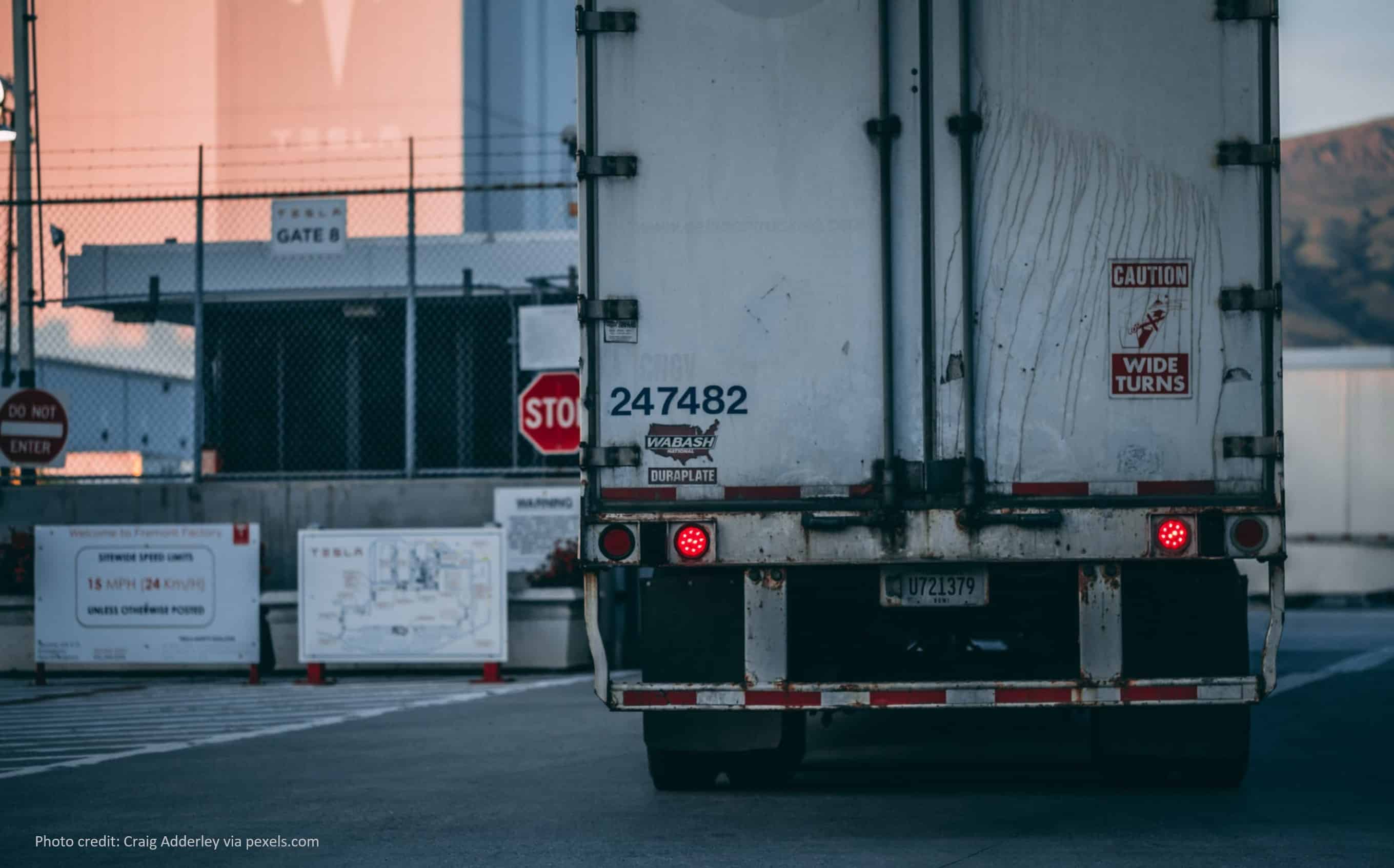Commercial Lines: Are We Seeing a Turning Point or a Point of No Return?
Since the turn of the century we have seen faster and more profound changes in the ways we work, live and communicate. But hardly anyone expected anything like what we are seeing now. The global lockdown caused by COVID-19 pandemic is unprecedented. And the insurance industry as a guarantor of security against the unexpected is taken by surprise.
Once everyone settled in their home offices, the attention turned to markets. It is painfully obvious that Commercial Lines are impacted like nothing else.
Economic Downturn
While the 2007-2009 subprime mortgage crisis hit close to home, the 2020 lockdown delivered a far more devastating blow. It can possibly be compared to the 1945 recession, which was caused by the shift from the war-time to the peace-time economy. The current lockdown marks the shift towards the new digital economy. According to IMF, we should expect at least a 5.9% drop in GDP. Goldman Sachs projects a 24% drop in Q2 alone. Indeed, during the first week of lockdown, daily economic output was down 29% from the prior month. Unemployment is skyrocketing beyond the Great Recession levels reaching 26 million in five weeks and is forecasted to be as high as 40 million.
Small and Midsize Business Market
The SMB market is hit the most given that only 50% of local businesses remain open. Those that closed will have hard time reopening. Typically, it is hard for a small business to bounce back after a major loss in a good economy. The post lockdown world will be very different, marked by disrupted supply chains and customers with tighter budgets, changed priorities and learned behaviors. Not all businesses that remained open will operate at full capacity. In fact, the hours worked by hourly employees fell by 70%. As a result, we can see significant shrinkage in Business Owner´s Policies/Commercia Multi-Peril and Workers Compensation premiums.
The market recovery will be slow, riddled with loss ratio deterioration primarily due to Liability and Workers Compensation claims, that are expected to be higher in the essential industries. The lockdown experience will change the way the businesses operate and how they view the risks. The next normal calls for revision of coverages and pricing, and the insurers must act upon them in order to remain relevant.
Workers Compensation Woes
The initial drop in the payroll numbers and the hours worked will eventually bounce back, but recovery will be slow, uneven and will show a notable shift in the industry mix. We are already seeing an immediate growing pool in the less desirable classes, such as warehouse workers, couriers and local delivery services. The number of claims in the essential industries will also go up.
Bye-Bye Brick-and-Mortar
The lockdown will mark a significant shift to e-commerce. Even prior to the lockdown we have seen a growing number of retail location closures as online sales grew year-over-year. By 2024 e-commerce is expected to overtake physical retail. Empty storefronts will pose a huge problem for property owners and are notoriously undesirable risks for insurers. While previously there were hopes to fill vacant properties with ecommerce show rooms, themed pop-up stores, service-oriented businesses, and co-working spaces, the future prospects of such transformations are bleak.
Cyber Means Business
The existing cyber products are lacking in coverages that make the stand-alone product attractive. Ideally customers are looking to have a product-service combo to prevent cyber breaches from happening and provide a broader set of coverages for the ever-increasing threat scenarios.
Commercial Auto Scramble
Overall, Commercial Auto will experience a significant shakedown, so both product and pricing call for updates. Initially, traditional B2B commercial deliveries will slow down due to overall contraction observed across all industries, and due to disruption of supply chains. But B2C deliveries will grow at a much higher rate. While the logistics behemoths take on the lion’s share of that growth, the last mile delivery and 3rd party logistics subcontractors are becoming the integral part of the growing logistics network. Even pre-pandemic food deliveries were growing strong. With the lockdown in place, they are growing even faster. On the other hand, motor coaches are not moving anywhere right now and will have hard time recovering. The initial assessment is not comforting: insurers are seeing growth in the delivery classes that were not particularly attractive before due to high frequency losses. And what’s more, – delivery subcontractors may see influx of less experienced drivers, which may drive up claims in that class even further for a while. But there are some glimpses of hope. The most obvious one has to do with less congestion on the roads. This lockdown forced people to drive less, and those working from home now will most likely continue doing that in some capacity going forward. That means we may see some drop in claims frequency and severity. The next normal will no longer align with the existing pricing models based on the past experience.

Conclusion
The current situation calls for a swift action. Insurers must evaluate their books against the new realities of the market, identify gaps, traps and strategic toeholds. The next step will be to see if the current products need any updates. Adding value-add services with the risk mitigation component may prove highly useful for collecting rich risk data and utilizing it with the pricing models updates. AI-based holistic pricing models that take into consideration broader variety of variables are the imperative for success in this brave new market.








This is a very thought provoking article, Dina. There is a lot of talk here and nobody has the crystal ball on this one. There is a vision starting to take shape, but still more questions than answers.